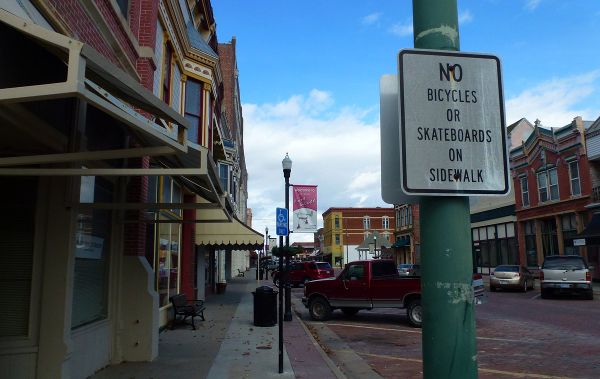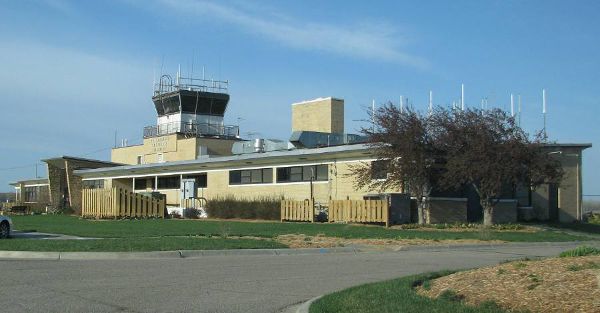
Billings, KansasBillings is a city located in the southeastern part of the state of Kansas in the United States, at the junction of the Kansas River and Big Blue River. Billings is located in the Flint Hills of Kansas, which consists of continuous rolling hills covered in tall grasses. However, the Billings Muncipal Airport area was built on a broad, flat floodplain at the junction of the Kansas and Big Blue rivers some five miles south of the main township. Billings is the county seat of Billings County. Highway 46 runs south and north just outside Billings, while US Freeway 55 runs east to west through the town, including Main Street. Highway 46 was used as the primary evacuation route during the outbreak, and as such can be considered highly dangerous now days. Most survivors stay off of it, while other survivors have painted and hung signs along 46 warning of bandits--not just the undead.
Bad Turtle Lake is located ten miles north of Billings town center, and fifteen miles from the airport. Billings is the largest population center in the county, a good five hours drive from Wichita, Kansas. Surrounding townships include Comanche, Silvertown, and Dodge City, Kansas. Silvertown is known for it's mining and earth moving operations, but otherwise each town in Billings County is dominated by the agricultural community. Six months after the Fall, a large tornado ripped through Comanche, Kansas, though it is currently unknown if the Comanche reservation outside of the town was hit along with the town that took it's name after the reservation itself.

Billings Muncipal AirportThere are two hangars on the north side of the flight line, two smaller hangars to house the smaller prop planes that dominated the airfield and one large hangar on the south side of the flight line nearly ninety feet by forty feet of open space, along with enough spaces for a maintenance and flight support crew of over three hundred people. Like the smaller hangars, the first floor was used by maintainers, and the top floor was used for office spaces. Each smaller hanger is a little less than a third the size of the larger hangar.
In addition to the hangars is the Air Terminal on the north side of the airfield, nearest the main entrance. It has several large spaces inside, from luggage storage to office spaces to a large waiting area, as well as the Flight Tower that gives a commanding full view of the entire area around the airport for several miles in any direction. There is also a Fuel Farm that has several undergrounds fuel tanks, two for aircraft fuel, and three for fueling the various support equipment such as luggage movers and portable generators and plane tractors. The fuel trucks used to fuel the planes were left abandoned, while the fuel tanks for the support equipment are dispensed through regular gas station style gas pumps. Notably missing from the pumps is a pay system, though a special 'fuel key' has to be plugged into a gas pump for the gas to come out.
The leader of the airport is an old pilot named Kenzy, a tall and broad shouldered man that still appears fit despite the grey beard and beer belly that more accurately suggests his age. A little less than a hundred survivors, mostly women and children, now call the Billings Muncipal Airport home, and most of them are housed between the two smaller hangars with the large hangar on the opposite side of the flight line typically locked, guarded, and used as storage. Kenzy and his inner circle are housed within the Air Terminal, the Flight Tower always having at least one rifleman on the look out at all times. In such an isolated location within a sparsely populated County in the first place, Kenzy and his people haven't seen much in the way of trouble from humans. They have fought off several large zombie hordes in the past, but since the last horde attack came some months ago before winter, many around the Airport have begun to grow relaxed, some even looking downright comfortable, more concerned with movie night and dinner and drinking than walking the barbed wire and steel fences surrounding the entire airfield.
With spring has come a large effort to plant the vast green spaces of the airfield, and an increased number of zombies spotted along the fences and in the immediate surroundings of the airfield itself.


